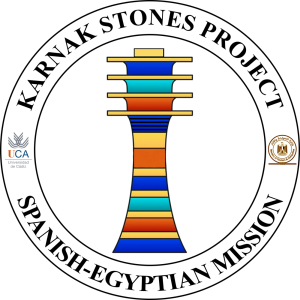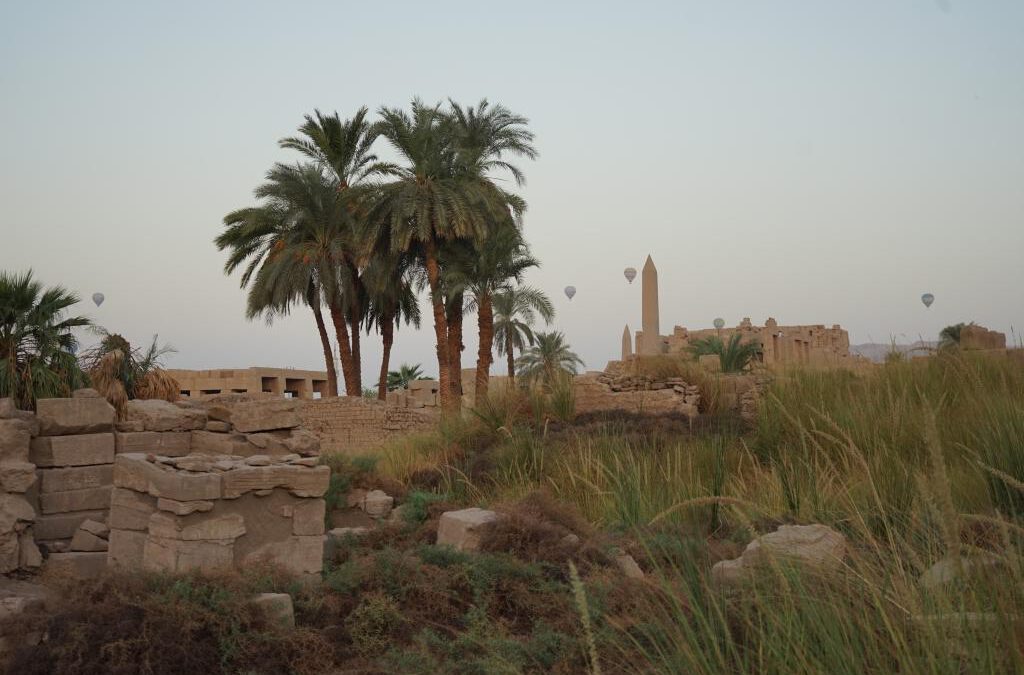As our 2024 season draws to a close, the work at the Karnak Temples is far from over. The ongoing conservation of this ancient marvel is a long-term mission, and we are already laying the groundwork for the next phase of our efforts. Our commitment to preserving Karnak’s historical and architectural legacy remains steadfast, and the steps we take now will set the stage for future conservation and research. One of the immediate priorities is continued monitoring of the stone blocks. This involves regular assessments of their condition, using the latest non-destructive testing methods like ultrasonic testing, thermal imaging, and colorimetry.
By tracking changes over time, we can detect any emerging threats, such as new fractures or signs of moisture accumulation, and address them promptly before they escalate. Further material testing will also play a key role in understanding how
the stonework is reacting to the environment, particularly in terms of erosion and weathering. We plan to conduct more in-depth analysis of the blocks, studying their mineral composition, structural integrity, and how they have responded to previous restoration efforts. This will help refine our conservation strategies, ensuring we use the most effective materials and techniques to stabilize and protect the stones. Additionally, we are looking into the origins of the stones themselves.
The more we understand about where the stone blocks came from, how they were quarried, and the techniques used to transport and carve them, the better we can preserve them. This deeper analysis could shed light on ancient Egyptian construction practices and help us understand how to care for the stonework in ways that are aligned with historical accuracy. Looking ahead, we are also focused on expanding our efforts in public engagement and education. As the digital models of Karnak become more refined, they will serve as interactive tools for visitors and scholars worldwide.
These models not only allow virtual exploration of the temple but also provide a way to educate people about the ongoing conservation efforts and the importance of preserving such a significant cultural heritage site. Preserving Karnak is not just a project; it’s an ongoing responsibility. With each step, we are ensuring that this iconic temple continues to stand as a testament to Egypt’s glorious past while remaining accessible for future generations to study, learn from, and appreciate. The work may be continuous, but our dedication to its protection is unwavering.

